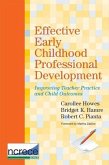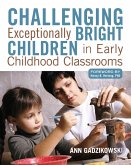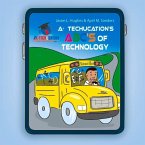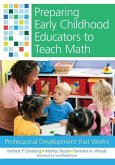Videos, apps, web-based games, SMART boards—how can you use instructional technology options like these to strengthen teaching and learning in your early childhood programme? Discover the answers in this accessible, problem-solving guide for pre-K and kindergarten, your key to choosing and using instructional technology to improve outcomes and ensure that children with and without disabilities are actively engaged. Aligned with the recent NAEYC policy statement on technology in early childhood programmes, this book gives you a clear, step-by-step ""EXPECT IT-PLAN IT-TEACH IT"" framework for integrating instructional technology into everyday classroom activities. Also a great textbook for preservice early childhood educators!
Bitte wählen Sie Ihr Anliegen aus.
Rechnungen
Retourenschein anfordern
Bestellstatus
Storno








